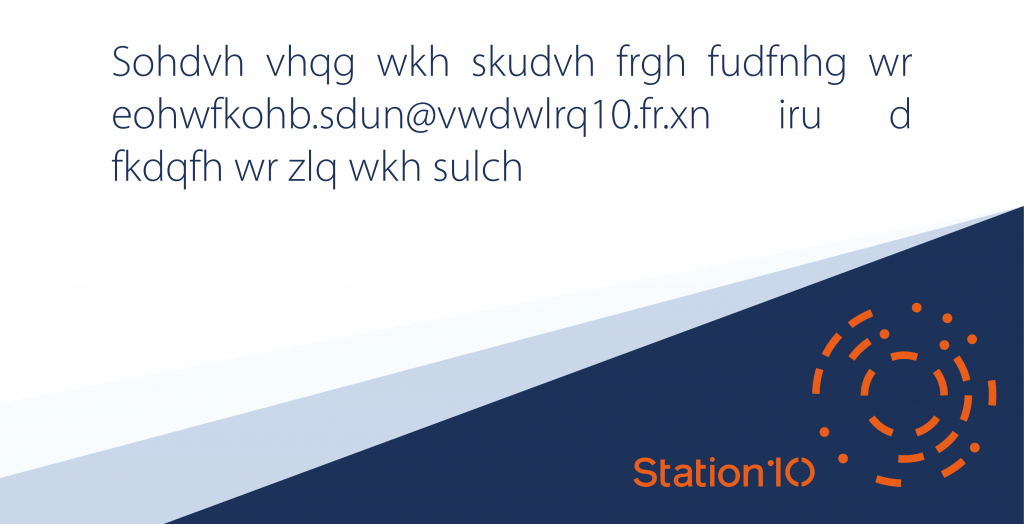The New Commerce Imperative

The Adobe Commerce innovation session was hosted by Jason Woosley, who kicked off with a reflection on the changes we’ve seen over the last year, leading to a revolution in global ecommerce, which is continuing to evolve now.
2020 brought huge change within ecommerce, bringing three years’ worth of growth in a single year. This enormous boost puts us on track for 2022 being the first trillion-dollar year for ecommerce.
The impact on B2B has been even bigger than B2C, with 85% of B2B companies adding ecommerce to their business model, and over 60% planning to spend more in digital commerce in 2021. It’s been revolutionary for B2B and most companies are planning to continue this model moving forward.
We’ve experienced just this with our clients here at Station10 – one of interest for you might be Saint-Gobain: Jewson Digital Transformation – Station10
With this change, companies everywhere must focus on being agile in how they reach customers, opening new channels and enabling new buyer journeys across industries, as well as bringing new international markets online quickly. Adobe Commerce’s core pillars are designed to support these needs:
- Superior Shopping Experiences
- Multi-channel commerce
- Intelligent commerce
- Extensible and integrated
- Frictionless platform & infrastructure
Jason talked through the recent and upcoming innovations for Adobe Commerce:
- Visual AI – New recommendation algorithm that uses computer vision to dynamically deliver visually similar items
- Live Search (Beta) – Cloud-based SaaS service automatically analyses data to deliver hyper-relevant search results
- Launching later this year: Enhanced Buyer Workflows – Delight B2B buyers with the superior experience and dynamic capabilities they expect as consumers while supporting their complex requirements
- Coming soon: Adobe Sign Extension – Embedding document approval and signing for ecommerce transactions directly into the checkout process
- Seller Assisted Shopping – Quickly and securely empower sales reps and customer service to assist buyers
- Headless Commerce – Accelerate time to value and lower total cost of ownership while delivering unique experiences that drive business results
- Site Wide Analysis Tool – Toolkit to analyse your implementation, providing proactive site reviews and suggested changes to improve site performance
We also heard from Alexandra Gaillard, VP Digital Marketing at Signify (best known for Phillips Hue). Their success in smart home devices has launched them into the direct-to-consumer world and kicked off an exciting digital transformation. They are already using a headless Experience Platform/Commerce set-up to deliver an engaging shopping experience. Now they are harnessing the capabilities of Adobe Experience Platform to discover digital cohorts and deliver marketing content that’s tailored to consumer preferences.
Back to Adobe, and Jennifer Small took us through a demo showing how Sealed Air leverages Adobe Commerce’s B2B capabilities to offer their customers a simple and engaging customer journey. Starting with Live Search for smart search results to show the user exactly what they are looking for, then on to Intelligent Product Recommendations powered by Sensei, including Visually Similar Recommendations, which allow the user to find similar products easily based on various factors like size, colour, material. Seller Assisted Shopping gives the customer help when they need it, and Approval Management allows buyers to submit POs to internal stakeholders for approval, before automatically submitting once approved. Finally, to understand the impact this is all having, there is an out-of-the-box ecommerce template for Analytics, showing relevant insights including product performance data, marketing attribution and channel flow.
Let’s celebrate…
As a side note and to celebrate Summit 2021 we’re running a little competition for you to win a free days consultancy with Station10. Do you know what a Caesar cipher is? Well let us educate you!
In cryptography, a Caesar cipher, also known as Caesar’s cipher, the shift cipher, Caesar’s code or Caesar shift, is one of the simplest and most widely known encryption techniques. It is a type of substitution cipher in which each letter in the plaintext is replaced by a letter some fixed number of positions down the alphabet. For example, with a left shift of 3, D would be replaced by A, E would become B, and so on. The method is named after Julius Caesar, who used it in his private correspondence.
According to Suetonius, Julius Caesar used it with a shift of three (A becoming D when encrypting, and D becoming A when decrypting) to protect messages of military significance. While Caesar’s was the first recorded use of this scheme, other substitution ciphers are known to have been used earlier.
His nephew, Augustus, also used the cipher, but with a right shift of one, and it did not wrap around to the beginning of the alphabet.
Simply decode our puzzle and follow the instructions to be in with a chance to win an entirely free day’s consultancy from Station10 on any data issue that is troubling you.



